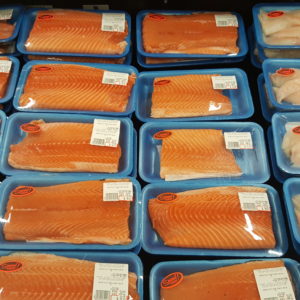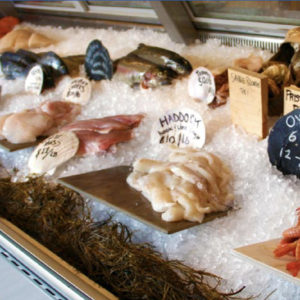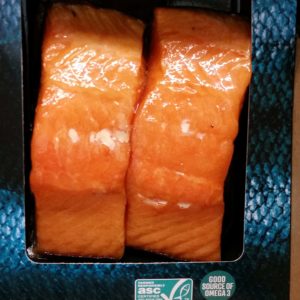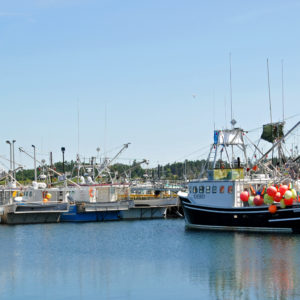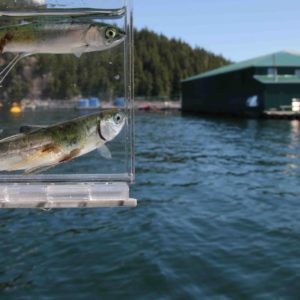Eco-Certifications, Ratings and Claims
Seafood eco-labels generally fall into three categories: eco-certification,
program ratings and self-claims.
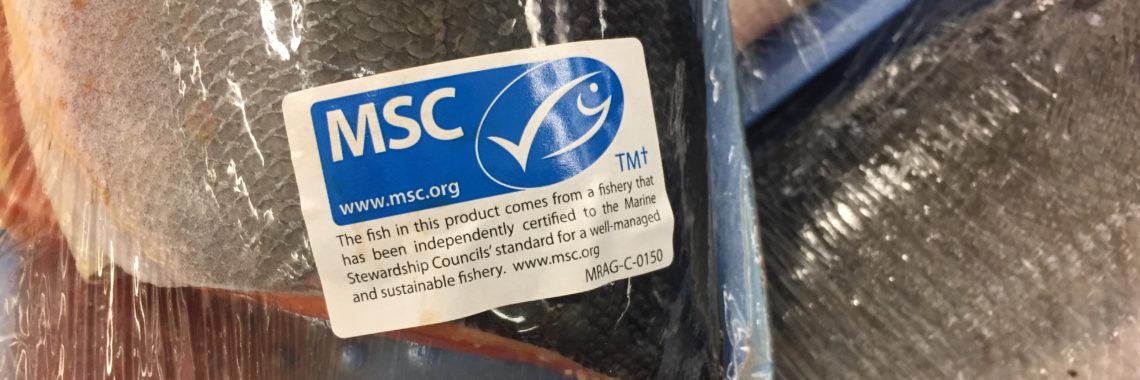
Seafood Eco-certifications
An eco-certification relies on set criteria created internally, or through an external multi-stakeholder process. These criteria are held by the ‘standard-holder’ and typically implemented by a third-party auditor. The standard-holder can be from a non-government organization (e.g. Marine Stewardship Council), industry (e.g. GlobalG.A.P.) or government agency (e.g. Canadian Organic Aquaculture Standard).
Certification is usually granted to a single fishery or farm. However, some standard-holders have now adopted ‘group’ methodologies, allowing a region or a company, for example, to apply as a group for certification. Eco-certifications can have the added benefit of third-party traceability or chain-of-custody systems.
The most prominent global eco-certification programs are the Marine Stewardship Council (MSC) for wild fisheries, and the Aquaculture Stewardship Council (ASC) for farmed seafood.
SeaChoice’s partner organizations have been MSC and ASC stakeholders for over a decade. Our involvement has included participating in MSC and ASC standard advisory committees (such as the Salmon Aquaculture Dialogue Steering Committee), contributing to their standard development consultations, and actively engaging in fishery and farm audits.
In 2017 we released the report, What’s Behind the Label? Assessing the impact of MSC and ASC seafood certifications in Canada. More recently we went global with our ASC analysis and released the report, Global Review of the Aquaculture Stewardship Council’s Salmon Standard.
Seafood Program Ratings
Several conservation-based groups provide seafood ratings, or recommendations, based on a set methodology that reviews a seafood’s environmental impacts. Fisheries and farms, usually at a regional or industry level, are assessed using the set methodology. The seafood assessment’s final rating is assigned using the group’s defined thresholds.
These ratings are then shared with consumers through wallet guides, phone apps, and on eco-labels on menus and seafood counters, for example. Seafood rating programs do not require traceability, or a chain-of-custody2 for the seafood product.
The two best-known seafood ratings programs are the Ocean Wise Seafood Program in Canada and Seafood Watch in the U.S.
SeaChoice works with these organizations by peer-reviewing assessments, contributing to methodology reviews, and collaborating with the Conservation Alliance for Seafood Solutions.
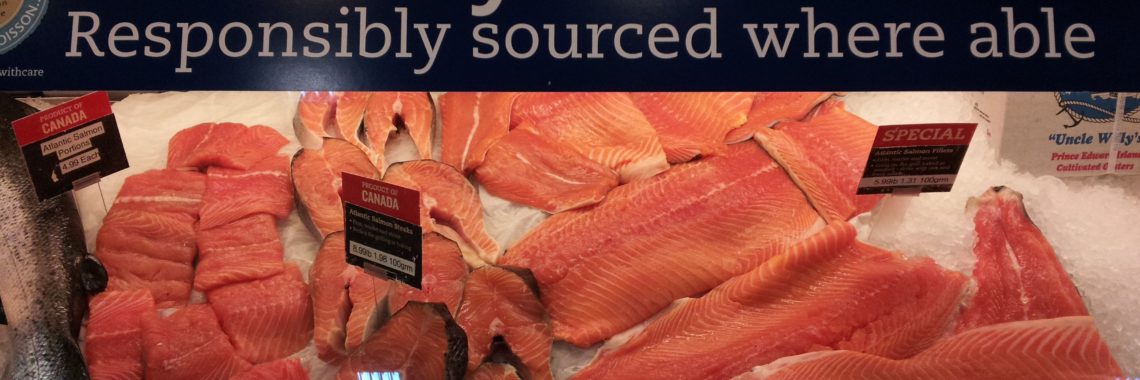
Self-claimed Sustainability Labels
Some seafood retailers and wholesalers choose to self-identify or claim sustainable seafood offerings (e.g. a seafood product is marketed as ‘sustainable’ or ‘responsible’ but with no third-party label). It is now a common expectation of businesses to embrace sustainable seafood policies as part of their corporate social responsibility. This move has led to private in-store seafood eco-labels and claims, that may or may not be anchored in a robust criteria or third-party review.
SeaChoice encourages retailers to create robust sustainability policies for their seafood procurement. As part of this process, retailers need to provide transparency, traceability and honest labelling. Our Seafood Progress program provides retailers with the tools to improve their commitment to seafood sustainability, and provides consumers with information about those commitments.
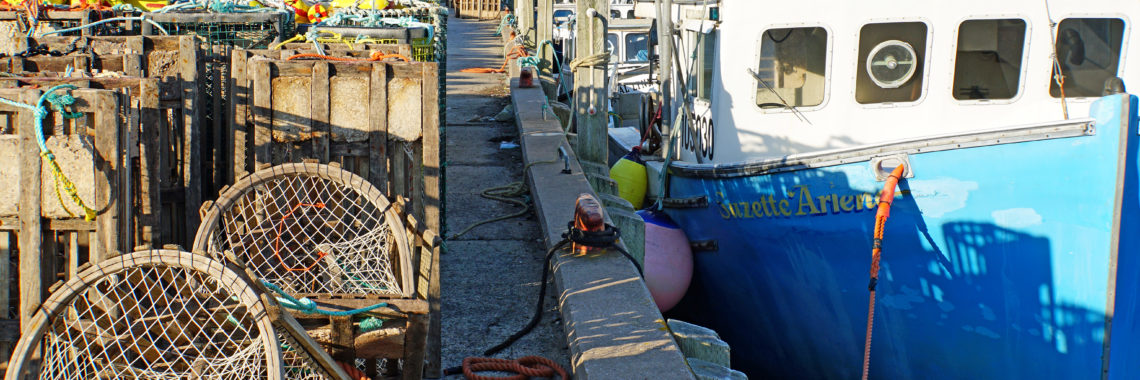
- Chain of custody: refers to the chronological documentation (paper or electronic) that records the sequence of custody from water to point of sale, to ensure the integrity of labelled products throughout the supply chain.
- Chain of custody: refers to the chronological documentation (paper or electronic) that records the sequence of custody from water to point of sale, to ensure the integrity of labelled products throughout the supply chain.
